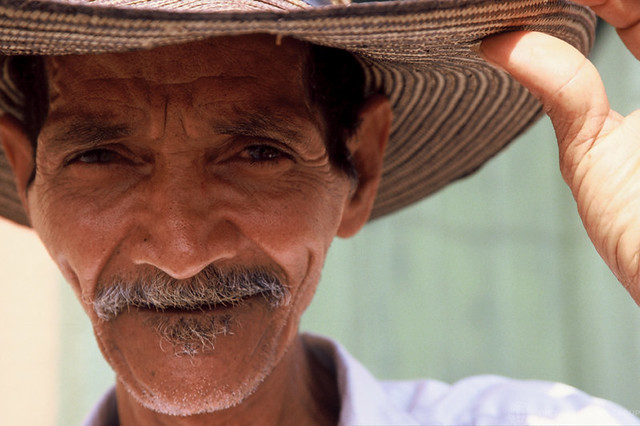Ecuador is a country defined by striking geographical and cultural contrasts. The majestic Andes, the rich biodiversity of the Amazon, the Pacific coastline, and the Galapagos Islands converge with a deep indigenous heritage, colonial legacy, and aspirations for modern development.
The economy remains heavily reliant on oil, agricultural exports—such as bananas, cocoa, and shrimp—and tourism. This dependence makes Ecuador vulnerable to external shocks, including international price fluctuations and natural disasters. Since its adoption in 2000, dollarization has served as a key stabilizing mechanism against inflation.
Major challenges include widespread informal employment and pronounced regional inequalities, particularly between urban and rural areas. Climate vulnerability—manifested through droughts, extreme rainfall, and variability—poses increasing risks to agricultural productivity, water resources, and infrastructure.
Despite these challenges, Ecuador possesses notable strengths. It boasts extraordinary biodiversity, significant potential for renewable energy (hydroelectric, solar, and wind), internationally recognized agricultural sectors, and a young population characterized by resilience and adaptability.
Last Updated: Oct 10, 2025

